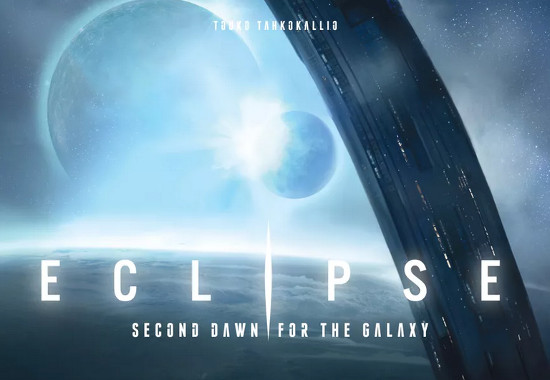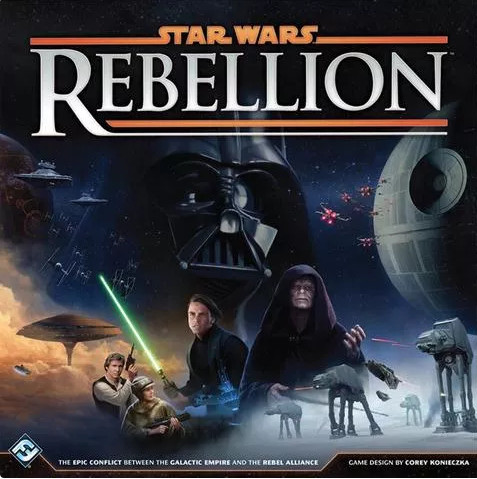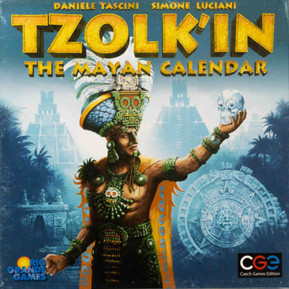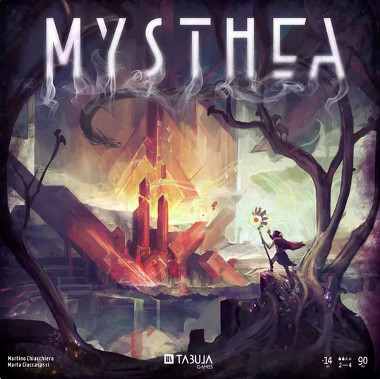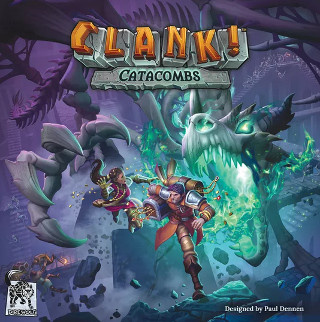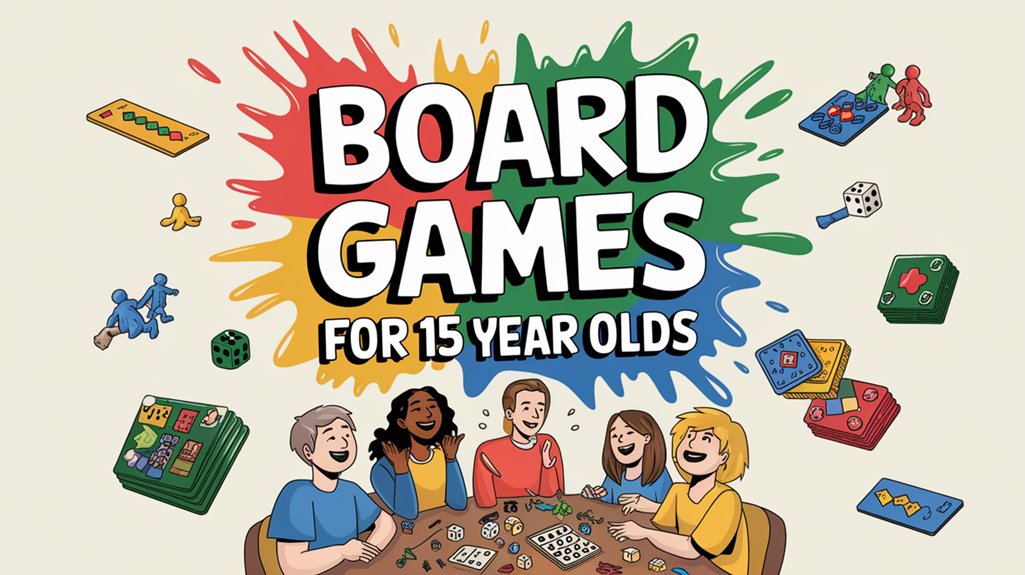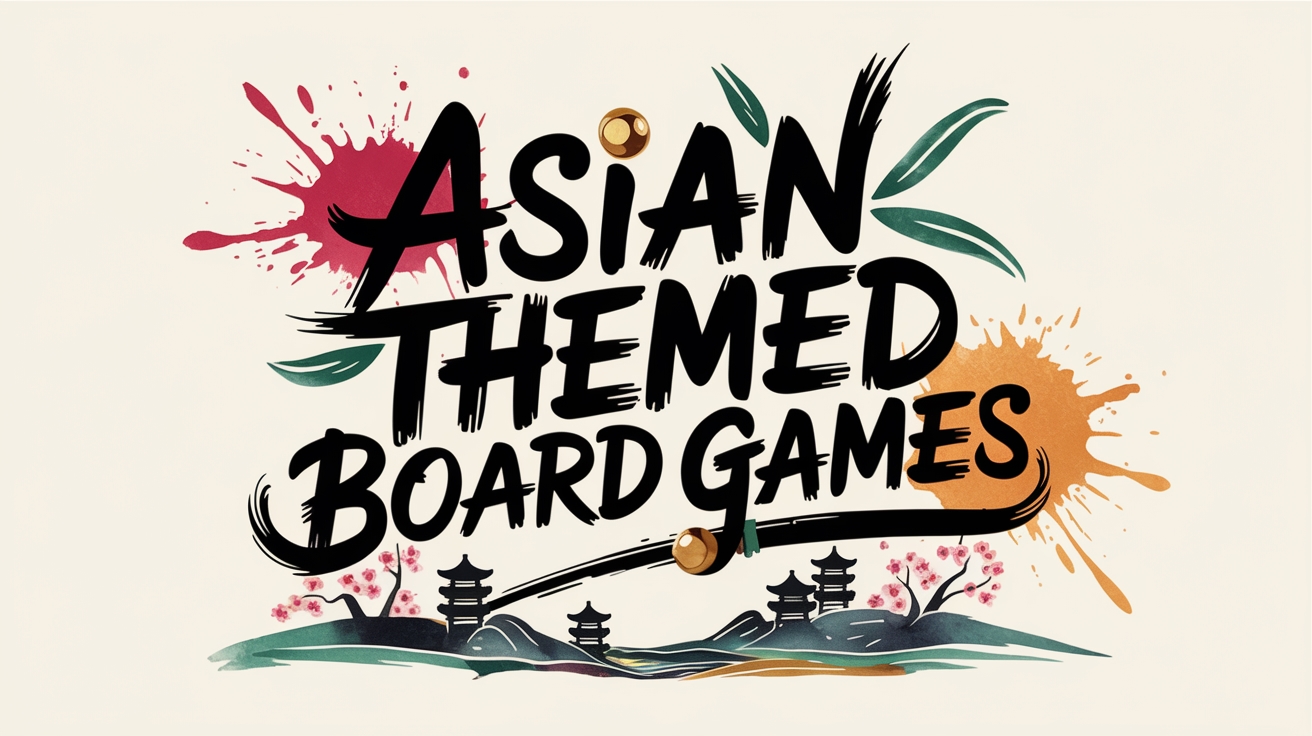The 1979 Avalon Hill board game Dune, designed by Bill Eberle, Jack Kittredge, and Peter Olotka, pioneered asymmetric faction warfare in strategy gaming. Its influential mechanics and theme inspired numerous successors, from sprawling space operas like Twilight Imperium to reimaginings such as Rex: Final Days of an Empire. These games built upon Dune’s foundation while introducing innovations in combat, economics, and political systems.
Key Takeaways
- Star Wars: Rebellion (2016, Fantasy Flight Games) is a massive 2-4 player strategic board game recreating the Galactic Civil War. Players control either the Galactic Empire or Rebel Alliance, moving forces across 32 systems while completing secret mission cards. The game features over 150 miniatures and pioneered the asymmetric warfare system where the Rebels must survive while building support, while the Empire uses its superior forces to hunt the hidden Rebel base.
- Eclipse: Second Dawn for the Galaxy (2020, Lautapelit.fi) is a 2-6 player 4X space civilization game designed by Touko Tahkokallio. The game features nine unique species, each with distinct abilities and ship blueprints. Players explore hexagonal tiles, research technologies across three tracks, and engage in economic management through an innovative disc-placement system that tracks resources and actions over 8-9 rounds.
- High Frontier 4 All (2020, Ion Game Design) is Phil Eklund’s hard sci-fi 1-5 player game using real-world rocket science and physics. Players construct rockets using actual thrust-to-mass ratios, prospect asteroids with scientifically accurate spectrographic data, and establish space industries. The game includes multiple expansion modules and features over 180 unique patent cards representing real space technologies.
- Stationfall (2023, Ion Game Design) is a 4-8 player hidden role game from designers Matt Eklund and Peter Hayward. Set aboard a deteriorating space station, players control multiple crew members with unique abilities, manage oxygen supplies, and navigate three-dimensional movement while pursuing secret objectives. The game features branching narrative scenarios and includes detailed miniatures of 48 crew members.
- Caesar: Seize Rome in 20 Minutes (2022, PSC Games) is Paolo Mori’s compressed area-control game for 2 players. Using a deck of 52 cards, players simultaneously deploy forces across seven regions of Roman Italy. The game employs innovative hand management mechanics where each card can be used for multiple purposes, and features historically-inspired artwork by Davide Corsi.
Best Strategic Space Games
Strategic space games offer rich alternatives to Dune, with several standout titles in distinct categories. High Frontier 4 All (2020, Ion Game Design/Sierra Madre Games) presents a scientifically accurate space exploration experience where players develop realistic rocket technologies and exploit resources across the solar system. The game’s intricate mechanics include detailed thrust calculations and true-to-life orbital mechanics. These games emphasize immersive storytelling experiences while maintaining strategic depth. Eclipse: Second Dawn for the Galaxy (2020, Lautapelit.fi) builds upon its 2011 predecessor with refined 4X gameplay, featuring modular ship design, nine unique alien species, and an innovative resource track system.
In the combat-focused category, Star Wars: Rebellion (2016, Fantasy Flight Games) recreates the Galactic Civil War with over 150 miniatures and a massive game board spanning the Star Wars galaxy. Players command iconic characters while executing secret missions across 32 systems. Star Realms (2014, White Wizard Games), designed by Magic: The Gathering hall-of-famers Darwin Kastle and Rob Dougherty, offers deck-building combat with 80 cards featuring distinct faction synergies and direct player conflict.
The space station management genre features Stationfall (2022, Ion Game Design), where players navigate political intrigue aboard a doomed space station, utilizing hidden role mechanics and area control across multiple decks. Among the Stars (2012, Artipia Games) implements a 7 Wonders-style card-drafting system where players construct unique space stations over four years, combining power reactors, defense systems, and alien embassies for optimal scoring combinations.
Classic Dune Universe Games
The Avalon Hill Dune board game (1979), designed by Bill Eberle, Jack Kittredge, and Peter Olotka, established the foundation for Dune-themed gaming. This strategic game supported 2-6 players and featured detailed faction boards representing Houses Atreides, Harkonnen, the Fremen, the Emperor, the Spacing Guild, and the Bene Gesserit. Players used a distinctive battle wheel system where hidden dial choices determined combat outcomes. The game included faction-specific reference cards that helped players track their unique abilities and resources.
The game’s pioneering mechanics included:
- A circular board divided into territories across Arrakis
- Spice accumulation and harvesting systems
- Alliance formation rules allowing up to three-way partnerships
- Faction-specific powers (e.g., Atreides’ prescience ability to see cards before bidding)
- Storm movement affecting piece placement and spice collection
Gale Force Nine’s 2019 reproduction, officially titled “DUNE: A Game of Conquest and Diplomacy,” maintained the original’s core systems while updating components and rules clarity. This version added:
- Updated artwork and graphic design
- Streamlined combat resolution
- Modified spice deck distribution
- Revised victory conditions
The subsequent “Ixians & Tleilaxu” expansion (2020) added two new playable factions:
- Ixians: Focusing on technological advantages
- Tleilaxu: Utilizing Face Dancer abilities and genetic manipulation
Each faction introduced unique victory conditions and special abilities that interacted with the base game’s established mechanics.
Worker Placement Alternatives
Released in 2013 by Stonemaier Games, Viticulture challenges players to run a pre-modern Tuscan vineyard through precise worker deployment across a four-season calendar. Players must plant vines, harvest grapes, age wine, and fulfill wine orders using their limited workforce of family members, with additional workers available for hire. The game’s “Grande Worker” mechanic allows players to bypass blocked action spaces once per round. Modern worker placement games often feature theme diversity that engages players through unique settings and mechanics.
Agricola, published by Lookout Games in 2007 and designed by Uwe Rosenberg, requires players to develop a 17th-century farm through careful resource management. Over 14 rounds, players accumulate wood, clay, reed, and stone to build structures, while maintaining a sustainable food supply for their growing family. The game features 360 occupation and improvement cards, creating high replayability through variable starting conditions.
Tzolk’in: The Mayan Calendar (2012) by Czech Games Edition introduces an innovative mechanical gear system where workers advance automatically each round. Players place workers on six interconnected gears representing different Mayan cities, with actions becoming more powerful as the gears rotate. The game’s corn-based economy and temple tracks create multiple paths to victory through careful timing of worker placement and removal.
Barcelona (2020) by Portal Games simulates urban development in early 20th-century Catalonia. Players compete to construct modernista buildings across the Eixample district, managing architects, materials, and prestige. The game incorporates real architectural principles from the period, with players earning points through building placement, height bonuses, and neighborhood completion.
| Game | Publisher | Designer | Release Year |
|---|---|---|---|
| Viticulture | Stonemaier Games | Jamey Stegmaier | 2013 |
| Agricola | Lookout Games | Uwe Rosenberg | 2007 |
| Tzolk’in | Czech Games Edition | Simone Luciani & Daniele Tascini | 2012 |
| Barcelona | Portal Games | Dani García & Pep Caballé | 2020 |
Area Control Masterpieces
Area control games emerged as a distinct board gaming category in the early 1990s, with several titles establishing innovative mechanics for territorial dominance:
El Grande (1995, designed by Wolfgang Kramer and Richard Ulrich, published by Hans im Glück) revolutionized area control through its Castillo tower mechanism. Players secretly place caballeros (knights) inside the tower, which drops them onto regions during scoring rounds. The game features nine territories across medieval Spain, with power cards determining action order and special abilities each round. Like the popular historical game Votes for Women, El Grande emphasizes the importance of maintaining control over specific regions to achieve victory.
Mysthea (2018, Tabula Games, designed by Tascini and Tascini) implements a three-tiered floating island system where territories shift positions throughout five game eras. Players command champions and monsters across these islands while collecting crystals to power artifacts. The game’s modular board consists of seven region tiles that rotate and change elevation, affecting movement and combat possibilities.
Caesar: Seize Rome in 20 Minutes! (2021, PSC Games, designed by Paolo Mori) utilizes a unique double-sided control marker system where 23 territories can be instantly flipped between opposing forces. The game recreates the Roman civil war through 11 rounds of simultaneous card play, with each territory providing specific strategic advantages for military expansion.
MilFiore (2008, designed by Reiner Knizia, published by Ravensburger) combines area majority with card drafting across five distinct guilds. Players draft cards representing influential families and place corresponding tiles on a renaissance Italian city map. The scoring system evaluates control in three separate phases, with multipliers for adjacent territory combinations.
These titles represent distinct mechanical evolutions in area control design, each introducing specific innovations to territorial competition mechanics.
Deck Building Game Recommendations
Released in 2016 by Renegade Game Studios and Dire Wolf Digital, Clank! A Deck-Building Adventure combines press-your-luck dungeon crawling with deck building mechanics. Players venture into a dragon’s lair, collecting artifacts while managing their noise level (“clank”) through careful card play across a physical board layout.
Gloomhaven (2017, designed by Isaac Childres and published by Cephalofair Games) features persistent campaign gameplay across 95 scenarios. Each character class utilizes unique 15-card decks with specific abilities, while the combat system employs card-based initiative and dual-action selection mechanics.
Roguebook (2021, Abrakam Entertainment) draws inspiration from Slay the Spire, featuring two-character team composition and a unique map-revealing ink system. Players navigate through procedurally generated worlds while building synergistic decks from three distinct character classes. The game’s rich artwork enhances the exploration experience through detailed environments and character designs.
Wildfrost (2023, Deadpan Games/Chucklefish) incorporates deck modification with permanent upgrades across runs. The game features unique “countdown” combat mechanics where cards activate based on turn timers rather than traditional mana costs.
Star Realms (2014, White Wizard Games) employs faction-based ship and base cards in a space combat setting. The digital adaptation maintains the original’s trade row mechanics while adding campaign scenarios and online multiplayer functionality.
Clank! In! Space! (2017, Renegade Game Studios) reimagines the original Clank! with modular space station boards and sci-fi themed cards. The game introduces faction-based card synergies and new hacking mechanics while maintaining the core noise-generation system.
Time of Crisis (2017, GMT Games) recreates the Roman Empire’s third century crisis through deck building. Players manage military, political, and economic resources via a unique card-based action system, with specific cards representing historical events and imperial developments.
